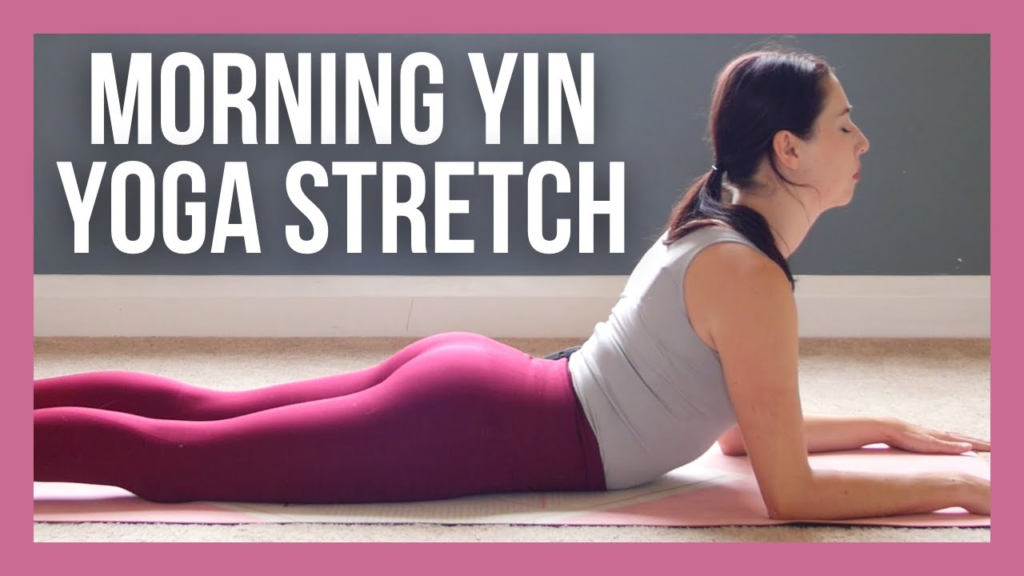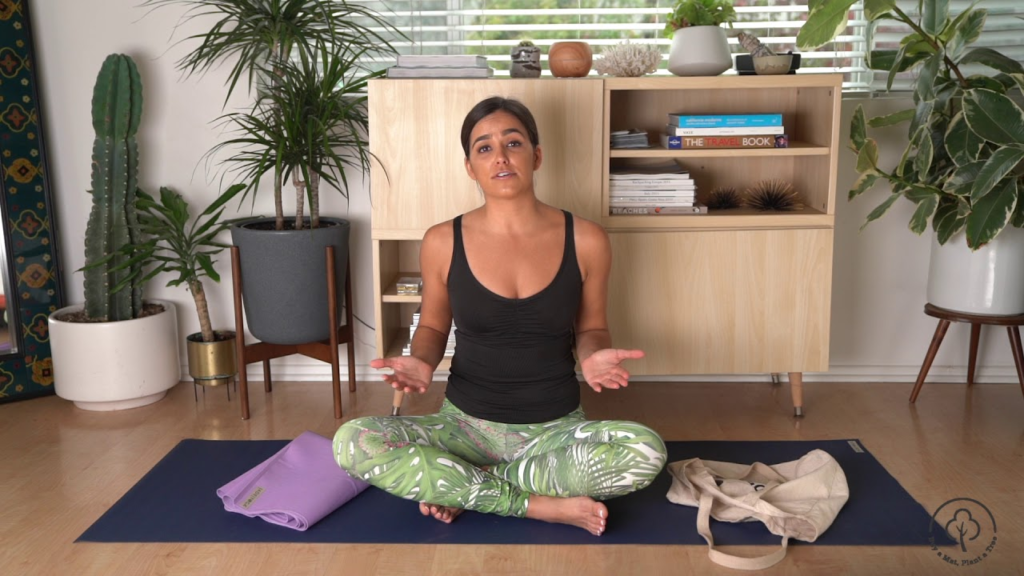
The Healing Power of Yin Yoga: A Journey to Stillness and Flexibility
Yin Yoga is a deeply meditative and restorative practice that targets the body’s deeper connective tissues, such as ligaments, joints, and fascia. Unlike more dynamic forms of yoga, Yin Yoga involves long-held poses and a focus on stillness, making it an ideal practice for relaxation, flexibility, and inner awareness.
Table of Contents
What is Yin Yoga?
Yin Yoga is a slow-paced yoga style where poses are held for extended periods, typically between three to five minutes or longer. The practice is rooted in Traditional Chinese Medicine and aims to balance the body’s energy by working with meridian lines and the concept of Yin and Yang. While Yang practices involve movement and muscular engagement, Yin Yoga emphasizes passive stretching and surrender.
Benefits of Yin Yoga
- Enhances Flexibility – Holding poses for longer durations helps lengthen and release tension in the connective tissues, improving overall flexibility.
- Promotes Joint Health – The gentle stress applied to the joints encourages lubrication and mobility, reducing stiffness and discomfort.
- Calms the Mind – The meditative aspect of Yin Yoga promotes mindfulness, stress relief, and a sense of inner peace.
- Improves Circulation – Holding poses increases blood flow and energy circulation, enhancing overall well-being.
- Balances Energy Flow – By working with meridian lines, Yin Yoga helps remove blockages and restore energetic harmony in the body.
- Encourages Deep Relaxation – The slow and passive nature of Yin Yoga activates the parasympathetic nervous system, promoting deep relaxation and healing.
Key Principles of Yin Yoga
- Find Your Edge – Ease into each pose gently without pushing too hard; listen to your body and find a comfortable yet challenging stretch.
- Be Still – Once in the pose, remain as still as possible, allowing the body to soften and release tension naturally.
- Hold the Pose – Stay in the pose for an extended period, letting gravity do the work and deepening into the stretch over time.
- Focus on the Breath – Use slow, deep breaths to calm the mind and enhance the meditative experience.
Common Yin Yoga Poses
- Butterfly Pose – Opens the hips and lower back.
- Dragon Pose – Stretches the hip flexors and quadriceps.
- Sphinx Pose – Strengthens the spine and stimulates the heart chakra.
- Caterpillar Pose – Deep forward fold that stretches the spine and hamstrings.
- Reclining Twist – Improves spinal mobility and digestion.
Who Can Benefit from Yin Yoga?
Yin Yoga is suitable for all levels, from beginners to advanced practitioners. It is particularly beneficial for individuals experiencing stress, stiffness, chronic pain, or those seeking a meditative practice to enhance overall well-being.
Get Started With Your Yoga Course
Final Thoughts
Yin Yoga is a powerful tool for cultivating patience, inner stillness, and physical flexibility. By incorporating this gentle practice into your routine, you can unlock a deeper connection with your body and mind while promoting long-term health and vitality. Whether you are looking to improve flexibility, relieve stress, or find peace within, Yin Yoga offers a path to holistic well-being.
FAQ
Is Yin Yoga Hard For Beginners?
No, But Do It With Proper Guidelines
Yin Yoga Near Me?
Try Your Yoga Course From Your Home

